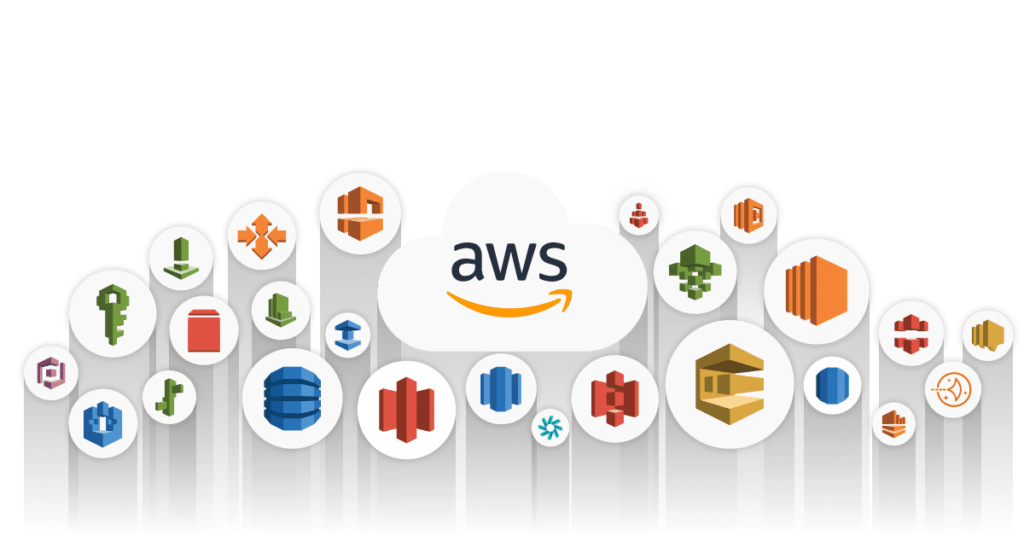Software engineering is a dynamic field encompassing various roles, each with its skills, responsibilities, and requirements.
As technology continues to evolve, so do the types of software engineering roles available in the industry. This article will explore some of the most common types of software engineering roles and what they entail.
Front-End Software Engineering
A software application’s user interface, sometimes known as the UI, is within the purview of the front-end engineer, who is accountable for its design and execution. They employ HTML, CSS, and JavaScript to build user interfaces that are aesthetically beautiful, responsive, and straightforward.
Front-end engineers require a good grasp of user experience (UX) design. They must also be able to collaborate closely with back-end engineers to guarantee that the front-end and back-end components of the program integrate without any hiccups.
Back-End Software Engineering
A software application’s server-side functionality is the domain of the back-end engineer, who oversees the application’s creation and ongoing maintenance. They build the functionality that drives the application by using programming languages like Java, Python, or Ruby and databases like SQL or NoSQL. Software engineers use these languages and databases in conjunction with each other.

Full-Stack Software Engineering
A full-stack engineer works on both the user interface and the underlying infrastructure of a program. While developing and maintaining an application stack, they use various languages, frameworks, and databases.
Mobile Software Engineering
A mobile software engineer is someone who works on and fixes mobile software. They use mobile development frameworks like React Native and Flutter and languages like Swift and Kotlin. A mobile engineer’s skillset must include knowledge of UX, performance optimization, and common design patterns for mobile apps.
DevOps Engineer
A DevOps engineer oversees software application automation, deployment, and maintenance. To automate the development, test, and deployment processes, they use solutions such as Jenkins, Docker, and Kubernetes.

Data Engineer
Data pipelines that allow for data analysis and machine learning are the responsibility of a data engineer, who is responsible for designing, implementing, and managing such data pipelines. To construct and control workflows for data processing, they use several technologies such as Apache Spark, Hadoop, and Kafka.
Quality Assurance Engineer
A company is expected to have quality standards, and a quality assurance engineer’s job is to ensure that all software programs fulfill those requirements. They use programs like Selenium and JUnit to write test cases, run those examples, and then report any defects they find to the development team.
Cloud Architect
A cloud architect creates and deploys cloud-based solutions tailored to a company’s requirements. They use cloud services like Amazon Web Services (AWS), Microsoft Azure, and Google Cloud Platform to develop and maintain reliable and scalable cloud infrastructures.

Conclusion
Within the realm of software engineering, a wide variety of work may be done, each of which requires a unique combination of abilities and responsibilities.
A career is available for you that suits your interests and skill set, regardless of whether you are interested in front-end development, back-end development, mobile development, DevOps, data engineering, or quality assurance.
Because of the rapid pace at which technology is advancing, there is an increasing need for software engineering positions. This makes working in the field an exciting and gratifying career choice.
More blog posts: Time Management Techniques for Software Engineers and Developers
A Comprehensive Guide to Software Engineering Levels and Career Progression
Software Development Time Estimation: Accurately Predicting Project Time and Budget
